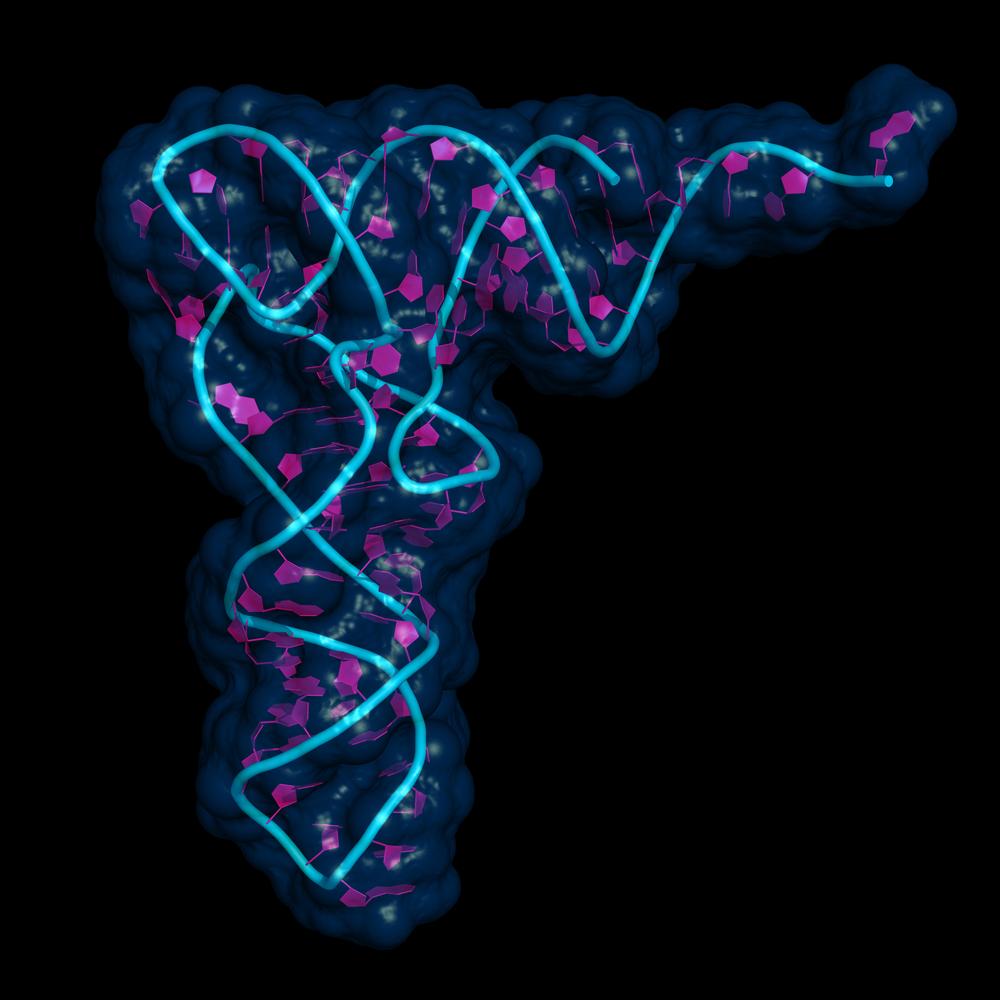A team of researchers from the Medical University of Bialystok, Poland led by Dr. Piotr Laudanski discovered different gene expression profiles in patients with ovarian endometriosis. The study was recently published in the Reproductive Biology and Endocrinology journal and established novel molecular markers of endometriosis patients.
Endometriosis is a very frequent, albeit difficult to diagnose disease that affects mainly reproductive-age women and is caused when endometrium (inner lining of the uterus) cells that normally grow inside the uterus begin to grow outside the uterus, leading mainly to infertility and pelvic pain, usually during menstruation. The pain is caused by the inflammation associated with the cyclic detachment of cells from the wrong site during menstruation. One of the most affected sites is the ovary, where endometriosis is characterized by the formation of an ovarian cyst called endometrioma.
In spite of this, the causes of endometriosis are poorly understood. MicroRNA are small molecules that function as regulators of expression of genes both in plants and animals and that might play a role in the disease. As the endometrium can be easily sampled in the outpatient clinic, markers found in endometrial cells of affected patients can be used as a future diagnostic modality.
In this study, samples from the endometrium of 21 women with advanced endometriosis of the ovary and 25 without endometriosis were taken. All patients were scheduled for laparoscopic surgery (patients without endometriosis had either infertility or ovarian cysts). Using established technology (i.e., TaqMan MicroRNA Array Cards), their microRNA expression was analyzed. In the end, two microRNAs were found to be significantly less expressed in patients with endometriosis.
As microRNAs play a role in gene expression in all human cells, changes in microRNA expression can lead to physiological defects in endometrium and be one of the pathways to the development of endometriosis. Presently, the late diagnosis of the disease causes several problems including worse quality of life and frequent complications in affected women.
Nevertheless, these findings can help researchers develop an office diagnostic test for endometriosis by using just a small catheter called a Pipelle that takes a sample from the endometrium leading to earlier management of the disease.

